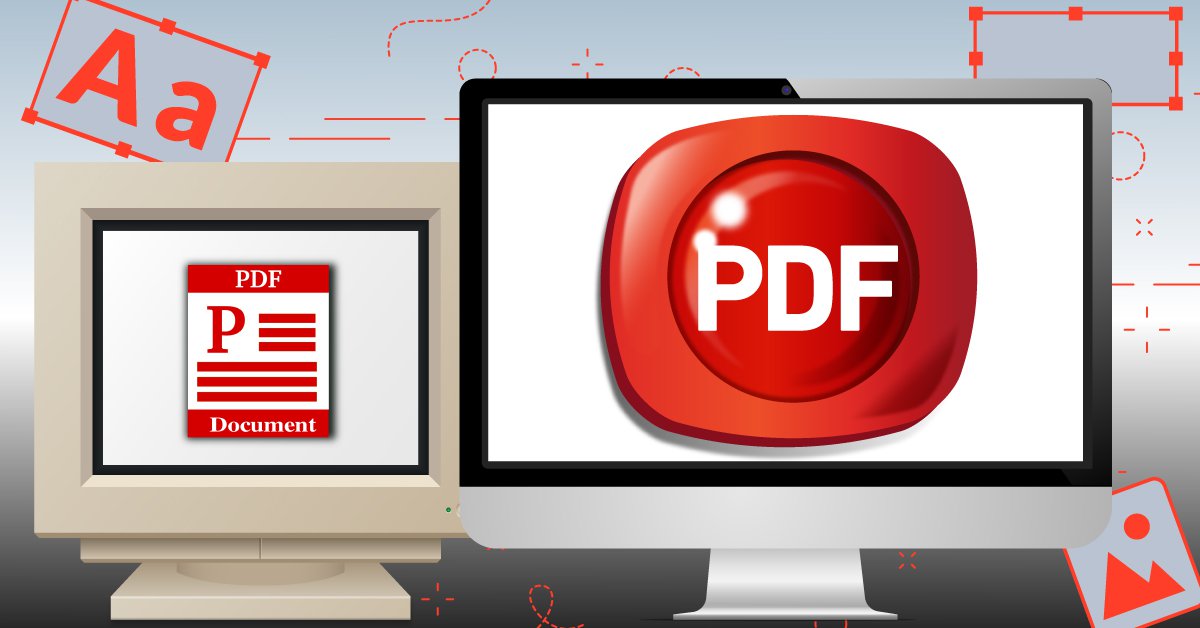When the PDF became a standardized format in 2008, it served as the backbone for other PDF subset standards that mainstreamed certain uses of the PDF. Examples include the PDF/X (professional printing and publishing), the PDF/A (digital archiving) and soon, the PDF/UA (Universal Accessibility).
The new subset standard, PDF for Universal Access (PDF/UA) is slowly, but surely, going through the standardization ranks. The PDF/UA subset standard may still be relatively unknown right now, but people will know about it soon enough.
In case you didn’t know, just last month the PDF/UA has reached the ISO status of “Approved Work Item” (AWI) and the US and International Committees for PDF/UA are working to complete the draft for the ISO meeting in Orlando, FL this October.
What is the PDF/UA?
Essentially, the PDF/UA is designed to make PDF data accessible to everyone, which includes those who are hearing impaired, suffering from bone fractures, or are color-blind. The aim of the new standard is to let users with disabilities gain a way to interact with digital content.
PDF/UA: Making Files Accessible to users with Disabilities
The internet is filled with a large amount of files and a significant number of them are in the PDF format. Everything from annual reports to academic research documents can be accessed through PDF because it’s easy and convenient to use.
And because of this convenience and availability, most users take it for granted. But what if a user has a certain disability that prevents him from accessing digital content?
Creating PDF files that are “accessible” entails properly structuring the format. Of course, the proper structuring of the PDF file is more complex than it first appears. It involves integrating keyboard shortcuts to provide navigational options, adding alternative texts to describe images, and validating the reading and logical order of the page.
How Is This Possible?
Tagged PDF files. Tags in a PDF are basically markers for every content element in the file. The separation between content and appearance is critical because the validated tags pave the way for assistive tools to interpret the data.
For instance, this enables screen reading devices like Windows Eyes and Jaws, to voice the PDF text and information out loud to help people with visual impairments.
It’s fortunate that a lot of new PDF creation software has been developed over the years. These developments accommodate assistive-technology devices.
One notable application, Acrobat 9 allows PDF creators to generate tags easily. It can also switch to the zoom mode, read the data out loud, and check the file’s level of accessibility.
So try adding a few accessibility features to your own PDFs while the PDF/UA gets nearer to standardization. It’ll definitely help your PDFs reach, and benefit, a wider audience.

 Now, three months later, as its Ballot Resolution Meeting (BRM) draws near in February, OOXML’s standardization is still up in the air as its interoperability, the OOXML hot topic of the day, will be a major factor in the decision to approve it as such.
Now, three months later, as its Ballot Resolution Meeting (BRM) draws near in February, OOXML’s standardization is still up in the air as its interoperability, the OOXML hot topic of the day, will be a major factor in the decision to approve it as such.